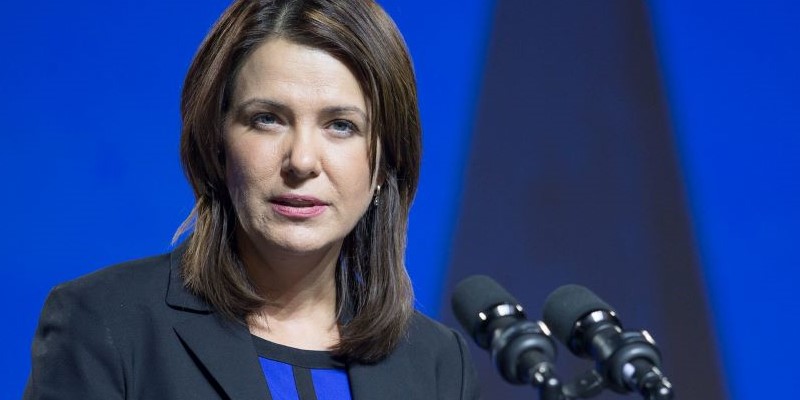Alberta projects $5.5 billion surplus in 2023/24 but luck may soon run out

According to the Smith government’s fiscal update released on Thursday, Alberta is on track to record another budget surplus ($5.5 billion) in 2023/24. Unfortunately, the resource boom that helped swing Alberta from budget deficits to surpluses could end at any time. And if the Smith government fails to rein in spending, it will only lead to more government debt on the backs of Albertans.
Resource revenue, fuelled by commodity prices (including oil and gas), is inherently volatile. For perspective, within the last decade, annual resource revenue has been as low at $2.8 billion (2015/16) while it’s projected to reach $19.7 billion this fiscal year (2023/24)—following a record level in 2022/23.
Indeed, commodity price fluctuations have big implications for Alberta’s finances. Every US$1 decline in oil prices (WTI) reduces government revenues by an estimated $630 million. While prices have remained relatively strong at a projected US$79 per barrel (WTI) in 2023/24, and Alberta has benefited from a boost in personal and corporate income tax revenues since Budget 2023, the province may not be so lucky for long. Put differently, as has occurred repeatedly throughout Alberta’s history, the surplus may turn to deficit once relatively high resource revenues inevitably decline.
So how can the Smith government avoid the same fate as past Alberta governments who wallowed in red ink when the boom and bust cycle inevitably turned to bust?
In the absence of tax increases, the government must reduce spending so it more closely aligns with stable ongoing levels of government revenue rather than volatile resource revenue. So far, the Smith government has increased the spending plan at every turn. And rather than tackle high spending, it’s developed a “new fiscal framework,” which won’t actually protect Albertans from debt accumulation.
For example, the new “framework” limits annual increases in operating spending to the rate of population growth and inflation, which is estimated to be 7.6 per cent in 2023/24—that’s not much restraint. The government increased operating spending by 4.8 per cent year-over-year in Thursday’s mid-year update—within the permitted range—but government revenues simultaneously declined by 2.4 per cent. For a province where government spending already exceeds dependable levels of government revenue, that’s meaningful growth that increases Alberta’s risk of incurring a budget deficit when resource revenue inevitably declines. In other words, this new fiscal rule has not helped Alberta limit potential debt accumulation, and in fact, it may increase the likelihood of more debt in the near future.
The fiscal framework also prohibits budget deficits, but with major caveats. For instance, the Smith government is permitted to run a budget deficit if revenue for the fiscal year is $1 billion less than projected revenue for the previous fiscal year. For perspective, according to government projections, total revenue this fiscal year will be $1.8 billion less than 2022/23, so if Alberta’s fiscal fortunes turn, the Smith government could run a deficit without breaking any of its fiscal rules. And yet again, the new fiscal framework would fail to protect Albertans from more government debt.
It’s important to avoid deficits for many reasons—just as a family must pay interest on its mortgage, Albertans must pay interest on government debt. In 2023/24, debt interest costs will total nearly $3.2 billion, which is equivalent to $672 per Albertan. That’s a significant amount of money no longer available for tax relief or important programs such as education and health care.
After Thursday’s fiscal update, the Smith government remains on track to record a surplus this fiscal year. But the government must go beyond its new fiscal framework and actually rein in spending to avoid future deficits. Otherwise, like in previous years under previous governments, Albertans will pay the price.

